The region. The events. The people.
The Seelow (Mark) History Station uses authentic exhibits and biographical details to document the transformation of the region over the course of a generation, offering a vivid insight into its eventful history.
The end of the Weimar Republic in 1933 marked the beginning of the National Socialist dictatorship. The National Socialists exerted increasing influence on public life. The persecution of dissidents, the suppression of political opponents
and the integration of young people into Nazi structures characterised the image of the region. Rearmament and forced labour in the region increased more and more from the mid-1930s. From 1939, with the outbreak of the Second World War, the image of the region changed dramatically. Accompanied by forced and concentration camp labour, regional production was reduced to products essential to the war effort.
military trains, deportation and prisoner-of-war transports crossed the country in both directions.
On the way to Berlin, the Red Army brought the war with full force to the Oder-Warthe region. The battle for the
Seelow Heights, one of the last major battles of the war, raged around Seelow and was a decisive moment on the road to liberation from National Socialist rule. The end of the Second World War marked further dramatic changes for the region as part of the new Soviet occupation zone. The westward shift of Poland to the Oder-Neisse border led to the expulsion and forced migration of millions of people, creating a new physical national border and a language barrier. Political and social structures had to be reorganised. The resulting loss of culture continues to have an impact to this day.
The reconstruction of the destroyed towns and villages and the implementation of the land reform, in which large estates were expropriated and distributed among the farmers, permanently changed the economic structure of the region. The founding of the German Democratic Republic in 1949 as a socialist state brought further changes. Agricultural
Production co-operatives (LPG) were founded, which shaped the structure of the rural economy. The construction of the Berlin Wall in 1961 was an important symbol of the division of Germany and Europe.
Even though political life in the GDR was determined by the socialist order, the historical traces remained
in the region - from the destruction of war to political repression. Today, the Oder-Warthe region is a place of remembrance, dialogue and change. As a multi-perspective landscape of remembrance, it brings the dramatic events of the century to life and tells of the difficult path from destruction, division, expulsion and reconstruction to a new beginning after the end of the Cold War.
The story of the museum as an audio contribution (Language: German)


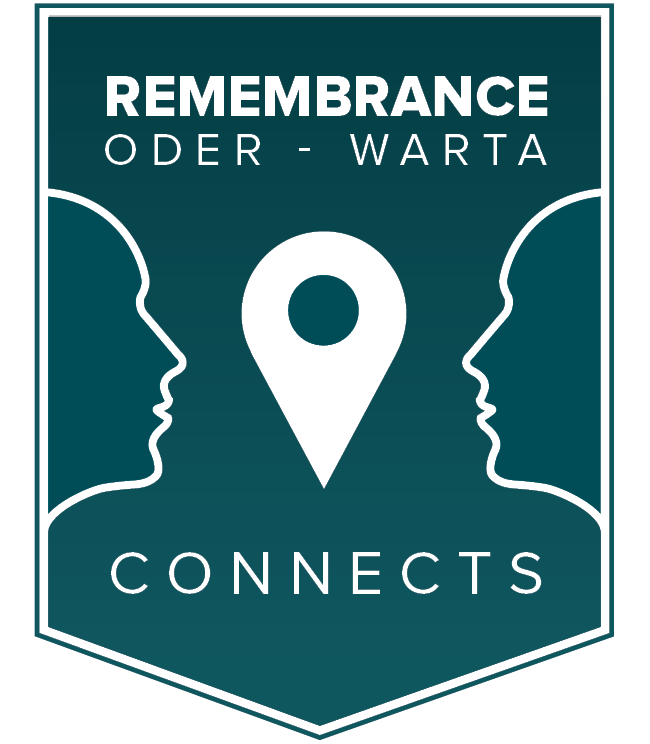
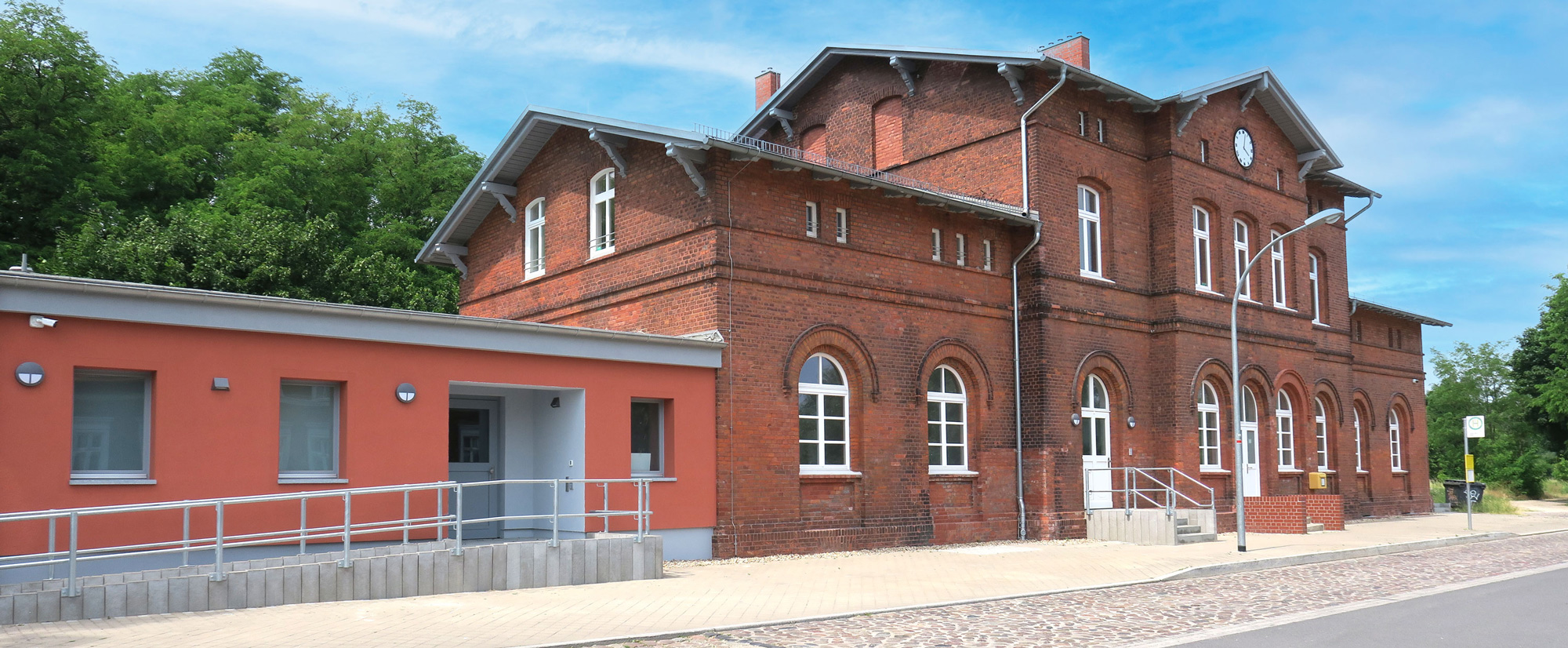
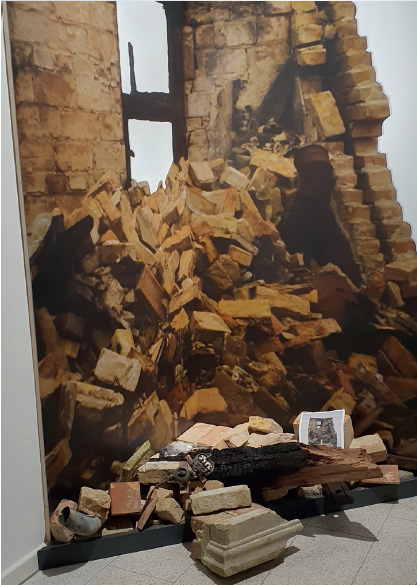
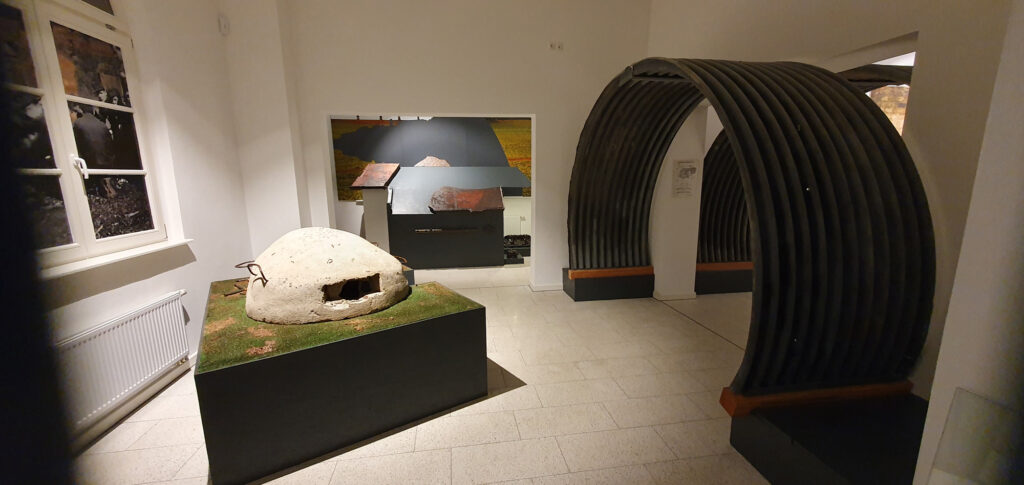
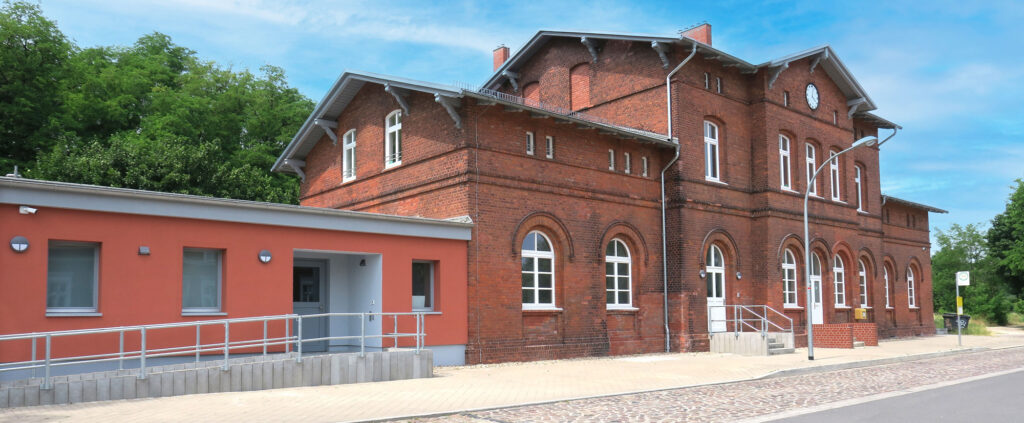
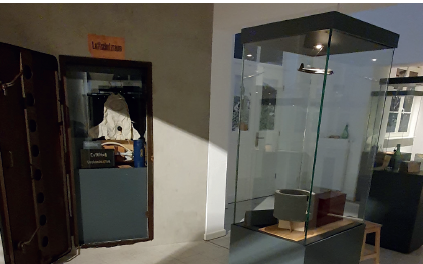
Leave a Reply